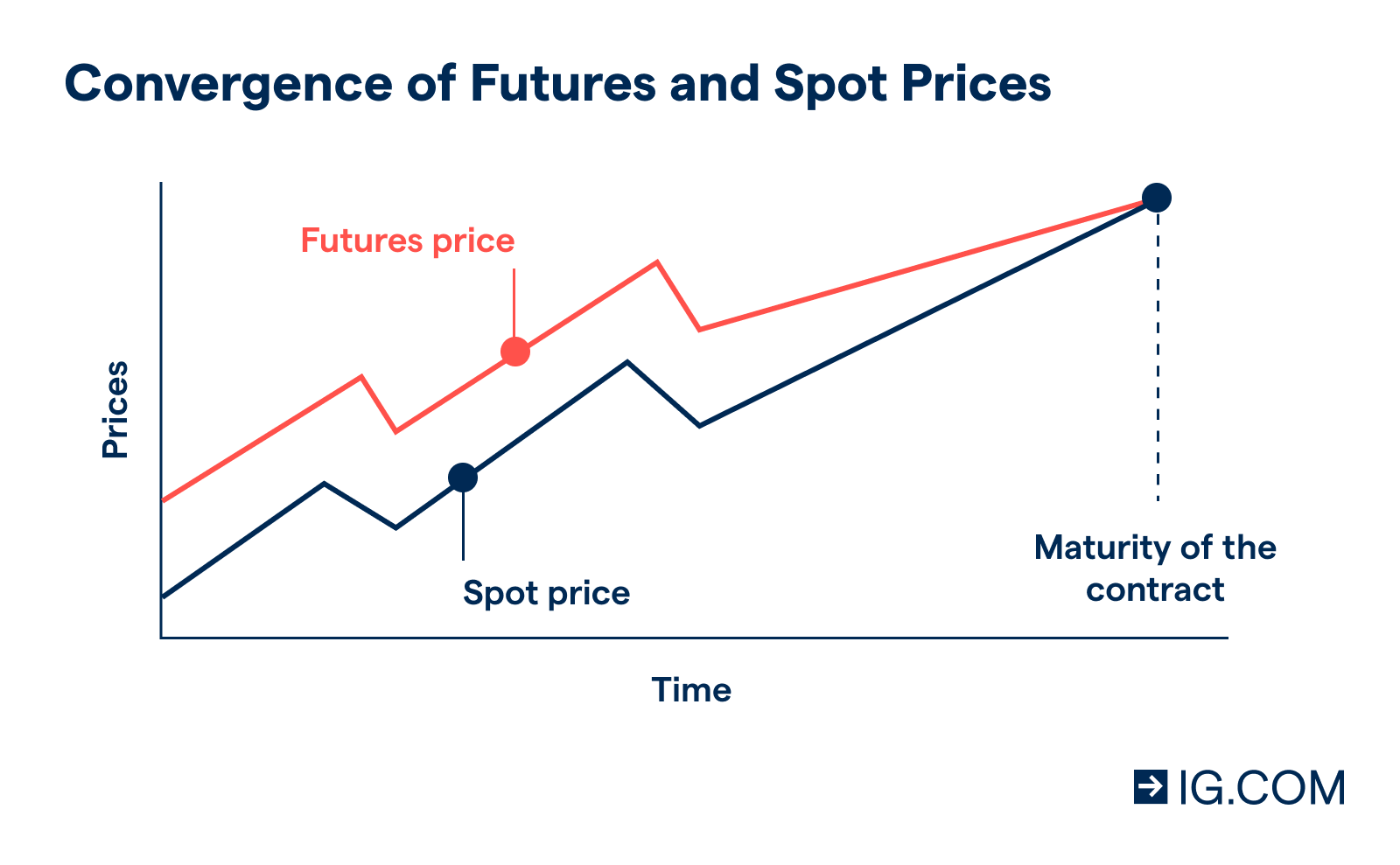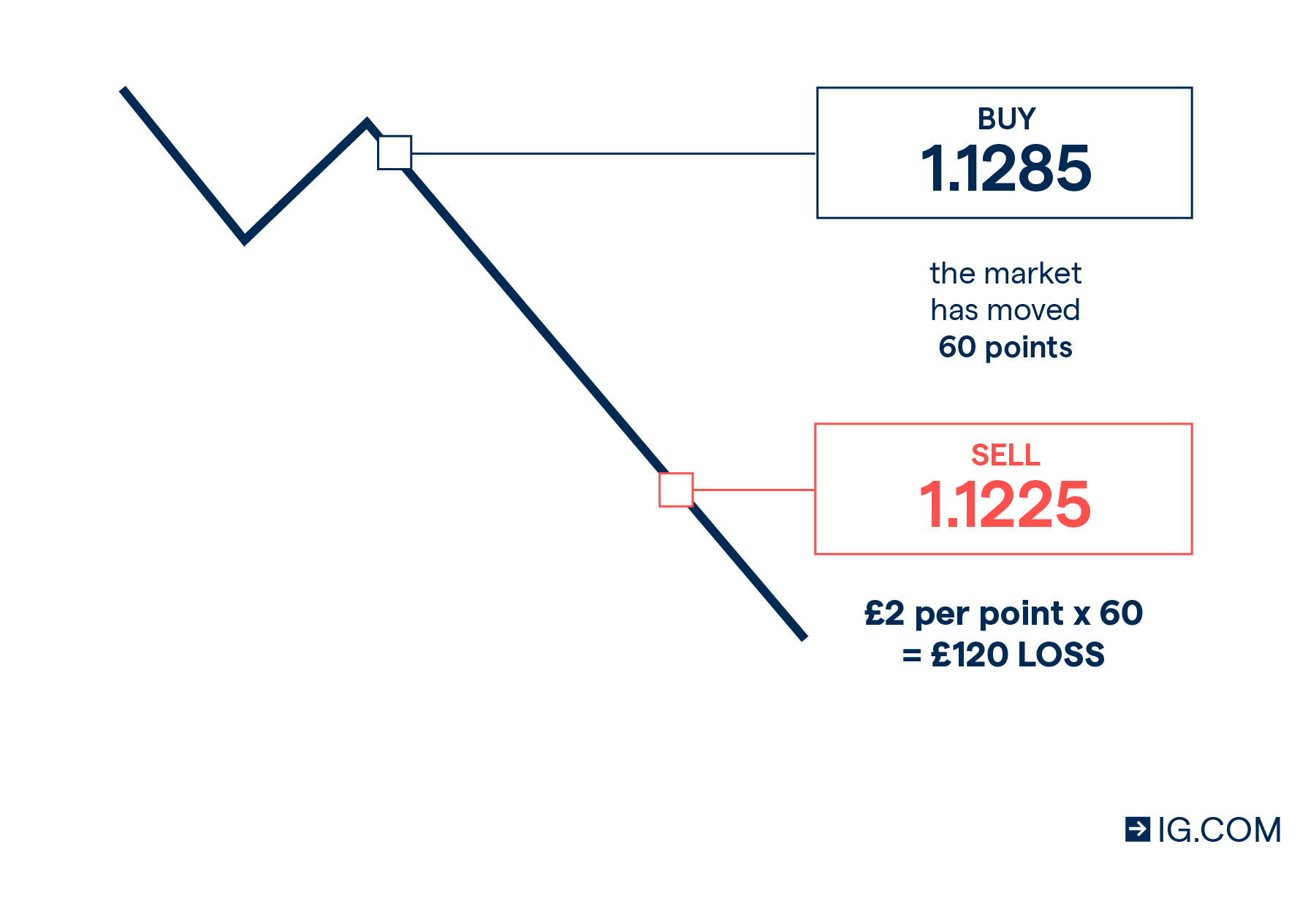
This is the first thing you should do before making a fundrise investment. This article will explain some of your options, including Funds, Portfolios, and eREITs. This article will also explain the fees and what you can expect regarding the management fee. Fundrise also teaches you how to maximize your return. This article will address all your questions regarding Fundrise.
eREITs
eREITs are mutual fund that invest in commercial property. The eREIT portfolio usually includes properties like hotels, apartment buildings, or office buildings. The costs of eREITs, which are not publicly traded are much lower. They are also structured in partnerships and not corporations which prevents double taxation. There are also some eREITs that concentrate on residential real-estate, including single family homes.
One downside of eREITs is that they are not very liquid. Fundrise investors cannot redeem their Fundrise investments more than once a quarter. Young investors may find this problematic as capital gains can usually be tax-efficient. Fundrise is relatively new in the REIT sector, making them more risky than other REITs.

eFunds
The Fundrise eFund, which is a fund for real estate investors, is the best option. The site offers many investment options, including REITs. This is a way to invest in commercial real estate. Fundrise has fewer options for investors than REITs. You can choose to invest in single-family homes or apartment complexes as well as office buildings and warehouses. These investment options provide both ongoing income and capital appreciation after the sale or purchase of individual properties.
Fundrise offers three investment plans. Investors have the option to choose from the Core account, which provides greater diversification among eREITs. Core Plan can be chosen by investors who have $1,000 principal or more. An advanced account allows for more investment options. This includes the DC eFunds and LA eFunds. If investors wish, they can also choose to combine both.
Portfolio options
There are many different ways to invest your money, but the best way to choose a portfolio is by reviewing its various portfolio options. Fundrise has two main types of investment options: growth and income. Growth investments provide higher returns over the short term and have a lower tax rate than income investments. These plans carry a risk, so you should choose according to your financial goals and your personal situation. It is important to evaluate the Fundrise portfolio's risk profile to find which one would best suit your lifestyle and requirements.
Fundrise's investment platform can be understood easily. The company offers a free 90-day trial period during which withdrawals are possible. However, redemptions may be frozen by the company for longer periods of time, as in the case of a financial crisis like that expected to occur in 2020. In terms of the fund, investors can choose to withdraw their funds at any point during the first 90-days. Investors can choose to stay longer in the Fundrise program and withdraw their funds after five years. But there's still a slight risk.

Management fee
The Fundrise management fee is a flat 1% per year, which breaks down into 0.15% for investment portfolio management and 0.85% for asset management. Fundrise's management fee covers Fundrise’s services, including the negotiation and establishment of real-estate partnerships. These services can cost you between 0% to 2% depending on how much money you invest. However, many investors prefer Fundrise for its low fees and decent returns.
Fundrise cannot pay its own managers so the maintenance fee is necessary. Fundrise must be able for your company to continue to use their payment processing services if it hires Fundrise to manage its portfolio. In the event that your company's processor goes out of business, Fundrise has no choice but to waive the fee and move on to a competitor. This is a serious downside, but it is worth taking the chance.
FAQ
What is a REIT?
An entity called a real estate investment trust (REIT), is one that holds income-producing properties like apartment buildings, shopping centers and office buildings. These are publicly traded companies that pay dividends instead of corporate taxes to shareholders.
They are similar companies, but they own only property and do not manufacture goods.
What is security in a stock?
Security is an investment instrument, whose value is dependent upon another company. It can be issued as a share, bond, or other investment instrument. The issuer can promise to pay dividends or repay creditors any debts owed, and to return capital to investors in the event that the underlying assets lose value.
Stock marketable security or not?
Stock can be used to invest in company shares. This can be done through a brokerage firm that helps you buy stocks and bonds.
Direct investments in stocks and mutual funds are also possible. There are more mutual fund options than you might think.
The difference between these two options is how you make your money. Direct investment earns you income from dividends that are paid by the company. Stock trading trades stocks and bonds to make a profit.
In both cases, ownership is purchased in a corporation or company. You become a shareholder when you purchase a share of a company and you receive dividends based upon how much it earns.
With stock trading, you can either short-sell (borrow) a share of stock and hope its price drops below your cost, or you can go long-term and hold onto the shares hoping the value increases.
There are three types of stock trades: call, put, and exchange-traded funds. Call and put options allow you to purchase or sell a stock at a fixed price within a time limit. ETFs are similar to mutual funds, except that they track a group of stocks and not individual securities.
Stock trading is very popular because it allows investors to participate in the growth of a company without having to manage day-to-day operations.
Although stock trading requires a lot of study and planning, it can provide great returns for those who do it well. If you decide to pursue this career path, you'll need to learn the basics of finance, accounting, and economics.
What is the difference in the stock and securities markets?
The entire market for securities refers to all companies that are listed on an exchange that allows trading shares. This includes stocks as well options, futures and other financial instruments. There are two types of stock markets: primary and secondary. Stock markets are divided into two categories: primary and secondary. Secondary stock markets let investors trade privately and are smaller than the NYSE (New York Stock Exchange). These include OTC Bulletin Board Over-the-Counter and Pink Sheets as well as the Nasdaq smallCap Market.
Stock markets are important as they allow people to trade shares of businesses and buy or sell them. It is the share price that determines their value. The company will issue new shares to the general population when it goes public. Investors who purchase these newly issued shares receive dividends. Dividends are payments that a corporation makes to shareholders.
Stock markets provide buyers and sellers with a platform, as well as being a means of corporate governance. Boards of directors, elected by shareholders, oversee the management. The boards ensure that managers are following ethical business practices. The government can replace a board that fails to fulfill this role if it is not performing.
How are Share Prices Set?
Investors who seek a return for their investments set the share price. They want to make a profit from the company. They purchase shares at a specific price. If the share price increases, the investor makes more money. If the share value falls, the investor loses his money.
Investors are motivated to make as much as possible. This is why they invest into companies. This allows them to make a lot of money.
Statistics
- US resident who opens a new IBKR Pro individual or joint account receives a 0.25% rate reduction on margin loans. (nerdwallet.com)
- The S&P 500 has grown about 10.5% per year since its establishment in the 1920s. (investopedia.com)
- Ratchet down that 10% if you don't yet have a healthy emergency fund and 10% to 15% of your income funneled into a retirement savings account. (nerdwallet.com)
- Our focus on Main Street investors reflects the fact that American households own $38 trillion worth of equities, more than 59 percent of the U.S. equity market either directly or indirectly through mutual funds, retirement accounts, and other investments. (sec.gov)
External Links
How To
What are the best ways to invest in bonds?
A bond is an investment fund that you need to purchase. Although the interest rates are very low, they will pay you back in regular installments. This way, you make money from them over time.
There are several ways to invest in bonds:
-
Directly buying individual bonds.
-
Buy shares of a bond funds
-
Investing through a bank or broker.
-
Investing through a financial institution
-
Investing in a pension.
-
Invest directly through a stockbroker.
-
Investing through a Mutual Fund
-
Investing via a unit trust
-
Investing with a life insurance policy
-
Private equity funds are a great way to invest.
-
Investing via an index-linked fund
-
Investing with a hedge funds